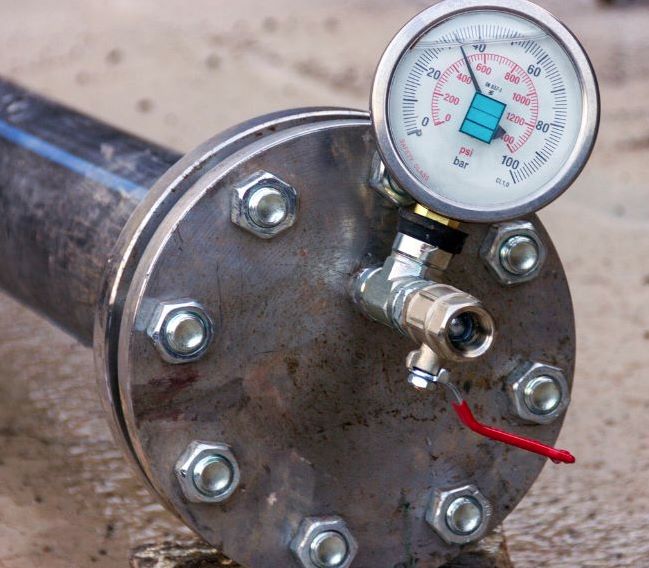
Hydrostatic vs. Pneumatic Testing: What’s the Difference?
Hydrostatic testing is a method of evaluating the integrity and strength of a system or vessel using a liquid, typically water, to assess its overall strength and durability. It involves filling the system with water and pressurizing it to a predetermined level, typically corresponding to the maximum allowable working pressure (MAWP). Benefits of hydrostatic testing include effective detection of leaks and weaknesses, evaluation of system strength and durability, minimizing potential damage due to pressure buildup, and ensuring compliance with industry standards and regulations.
Pneumatic testing, on the other hand, uses a gas (usually air or nitrogen) to pressurize a vessel or system, assessing system integrity, strength, and reliability. It has distinct benefits, such as faster pressurization and depressurization, reduced need for drying after testing, and less susceptibility to temperature changes. It may be preferable for specific industries or applications where liquid testing might be unsuitable.
Eurocaltech is a leading provider of hydrostatic testing services, offering comprehensive and reliable solutions for businesses across various industries. Their experienced and knowledgeable team provides accurate results and unparalleled customer support. They provide quality solutions tailored to specific requirements, ensuring efficient systems and processes.




